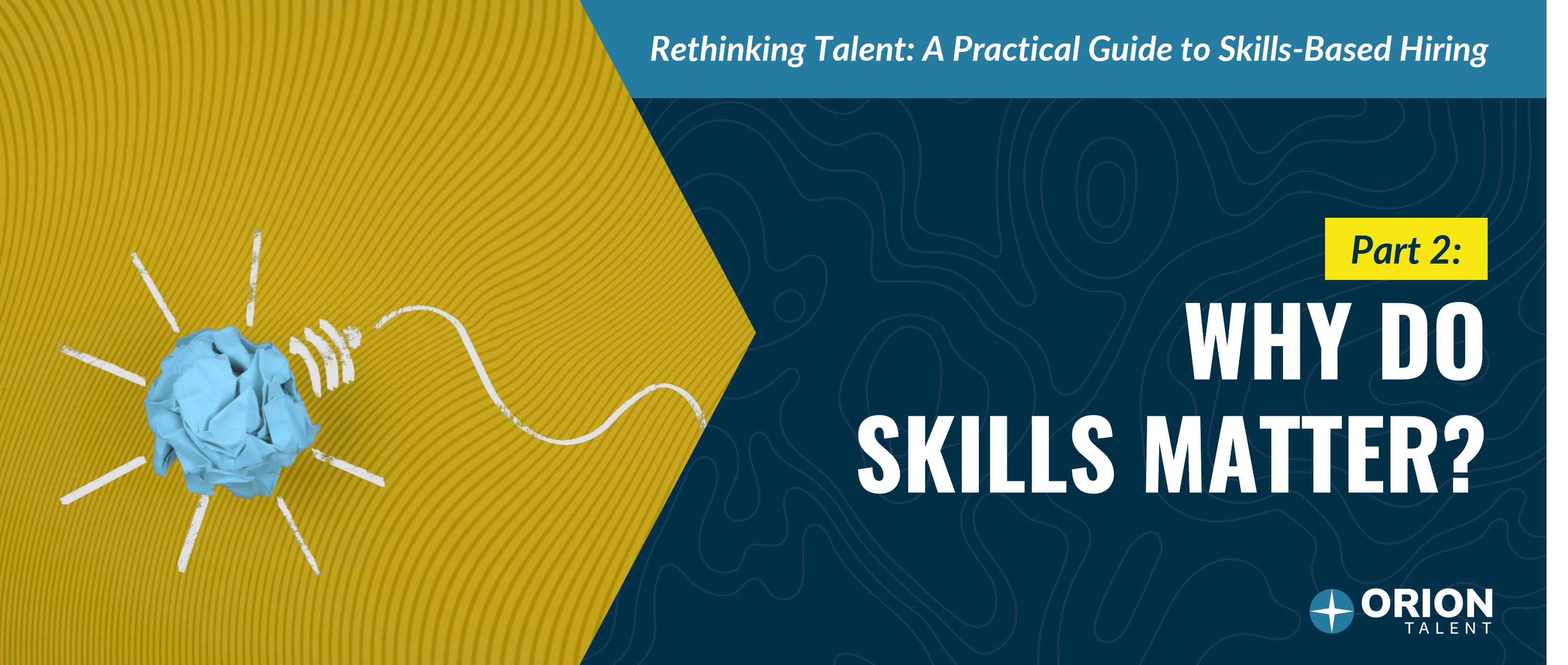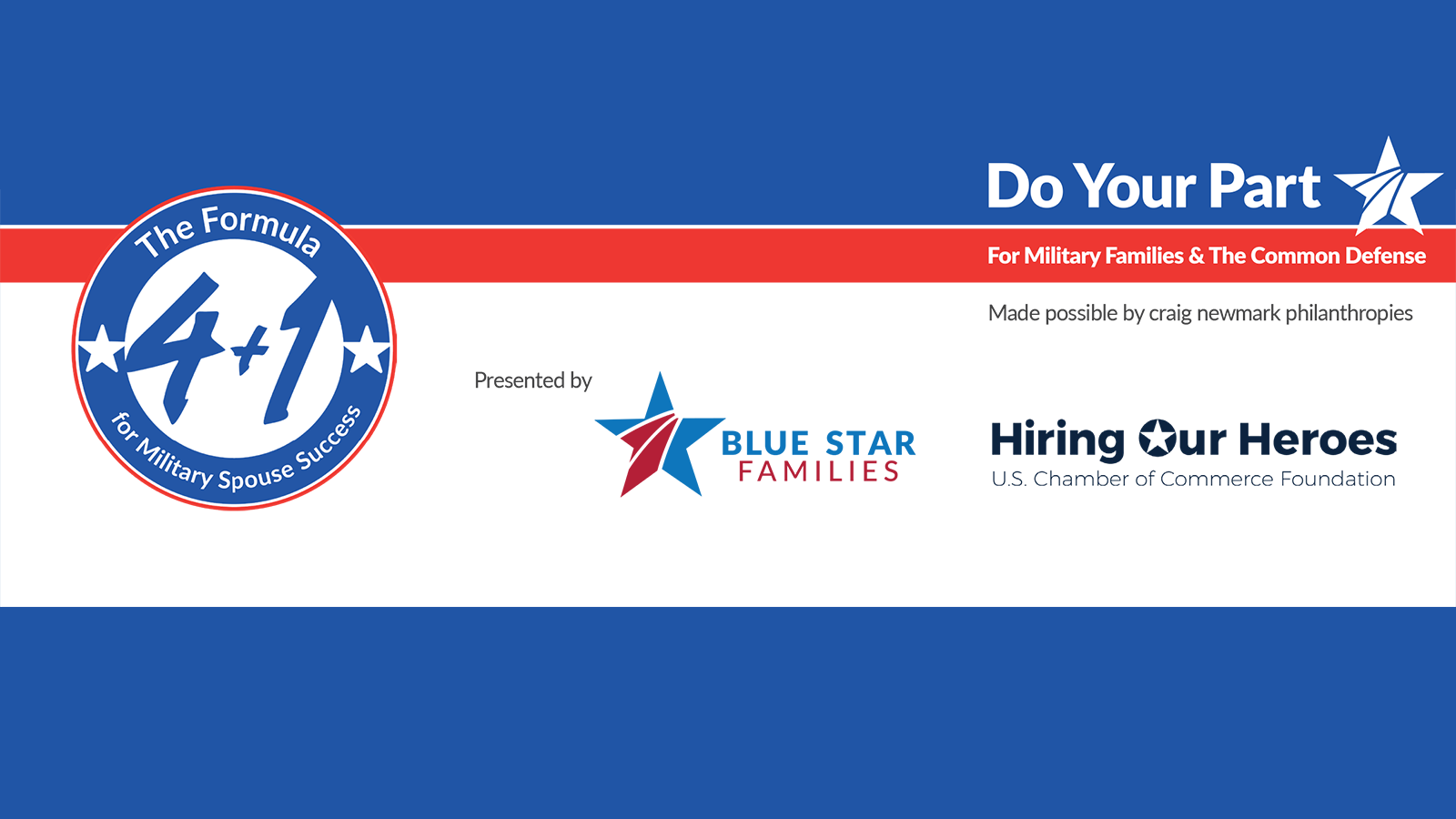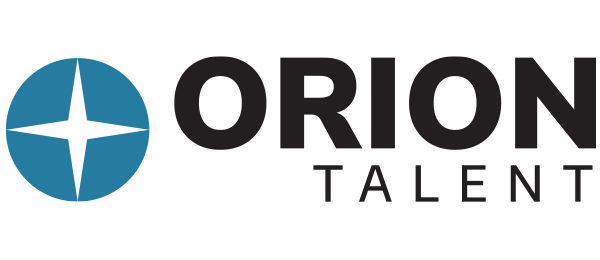
For many in the workplace, the end of the year marks open enrollment, a season where employees can make changes to their elected benefits, including health insurance, retirement plans, and more. However, for many transitioning military professionals, this period may be confusing.
Below, we’ve provided an overview of typical benefits packages that companies usually have in place, including PTO, health insurance, and retirement options.
Vacation, Holidays, and Time Off
On average, you can expect to accrue vacation and sick days on a per month basis, with most companies offering 7-14 days of vacation a year.
In addition to vacation days, most companies also observe certain standard national holidays throughout the year. Click here for a list of typical holidays that most companies observe.
Health Insurance Plans
Health Insurance is a very important component of a company’s benefit package. There are a number of different types of health insurance plans available in Corporate America and it can be somewhat confusing for transitioning military accustomed to the military’s TRICARE system.
When you are evaluating a company’s health insurance plan, there are three critical components that you should understand: the type of plan, premiums, and copays. The overall cost of different healthcare plans can vary widely, but understanding the following terms can be useful when wading through a company’s healthcare insurance plan. Read more about the different types of health plans, premiums, and copays.
Retirement Options
A 401(k) is the most common type of retirement savings program offered by companies, and has all but replaced the traditional pension plan. A 401(k) is an employer-sponsored retirement plan that allows a worker to save for retirement while deferring income tax on the saved money and earnings until withdrawal. The employee elects to have a portion of his or her wages paid directly, or “deferred,” into his or her 401(k) account. In participant-directed plans (the most common option), the employee can select from a number of investment options, usually an assortment of mutual funds that emphasize stocks, bonds, money market investments, or some mix of the above. There are maximum contribution limits. For 2021, the maximum contribution to a 401(k) is limited to $19,500 for individuals under the age of 50.
Some companies will match a percentage of your contributions to your 401(k) program. A common employer matching formula is 50% of 401(k) employee contributions, up to a certain contribution limit (typically a maximum of 6%). Learn more about retirement plans and other benefits.
Along with helping military veterans understand civilian benefits, we have put together a comprehensive list of transition resources to help you through every aspect of the transition process, including step-by-step information on planning your transition and finding a career, and even resources for spouses and family members.
Archives
- January 2026
- December 2025
- November 2025
- October 2025
- September 2025
- August 2025
- July 2025
- June 2025
- May 2025
- April 2025
- March 2025
- February 2025
- October 2024
- May 2024
- March 2024
- February 2024
- January 2024
- December 2023
- November 2023
- October 2023
- September 2023
- August 2023
- July 2023
- June 2023
- May 2023
- April 2023
- March 2023
- February 2023
- January 2023
- December 2022
- November 2022
- October 2022
- September 2022
- August 2022
- July 2022
- June 2022
- May 2022
- April 2022
- March 2022
- February 2022
- January 2022
- December 2021
- November 2021
- October 2021
- September 2021
- August 2021
- July 2021
- June 2021
- May 2021
- April 2021
- March 2021
- February 2021
- January 2021
- December 2020
- November 2020
- October 2020
- September 2020
- August 2020
- July 2020
- June 2020
- May 2020
- April 2020
- March 2020
- February 2020
- January 2020
- December 2019
- November 2019
- October 2019
- September 2019
- August 2019
- July 2019
- June 2019
- May 2019
- April 2019
- March 2019
- February 2019
- January 2019
- December 2018
- November 2018
- October 2018
- September 2018
- August 2018
- July 2018
- June 2018
- May 2018
- April 2018
- March 2018
- February 2018
- January 2018
- December 2017
- November 2017
- October 2017
- September 2017
- August 2017
- July 2017
- June 2017
- May 2017
- March 2017
- February 2017
- January 2017
 RSS Feed
RSS Feed




















